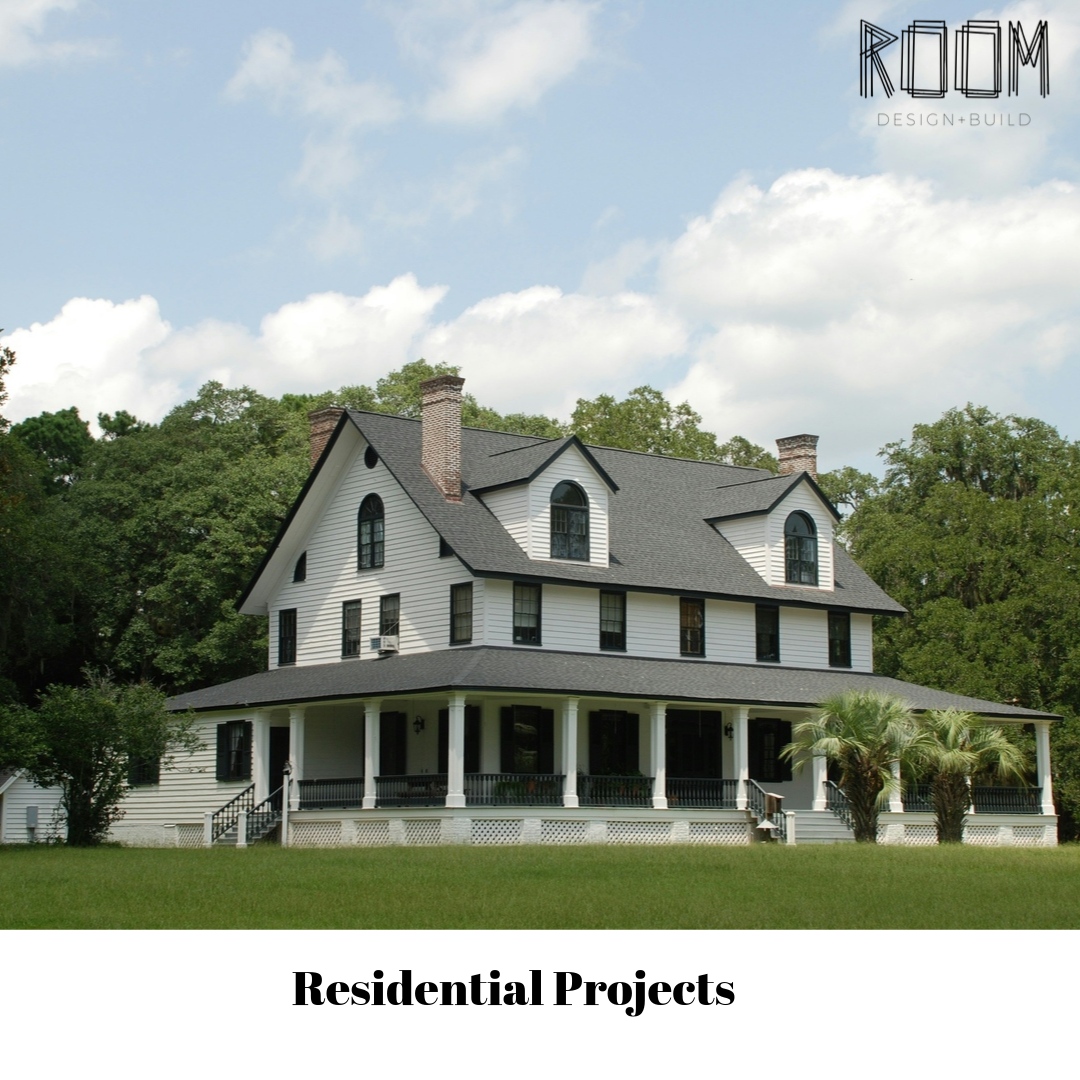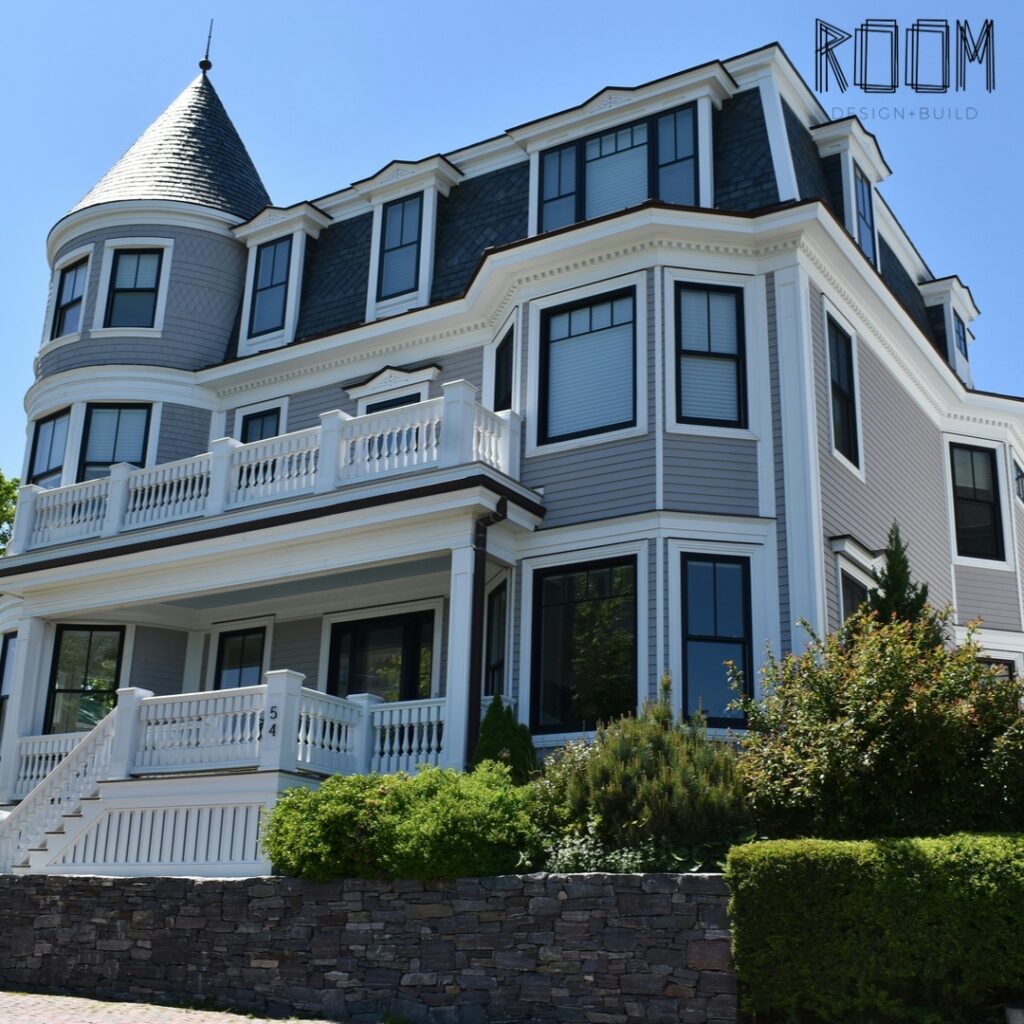Introduction:
Embarking on construction projects, whether for residential or commercial purposes, requires a clear understanding of the different types of modifications that can be made to existing structures. In both realms, renovations, additions, and alterations play crucial roles in shaping spaces to meet the needs of occupants or businesses. Let’s explore the nuances of these concepts in both residential and commercial contexts.
1. Residential Projects

In the realm of residential construction, homeowners often seek to improve their living spaces to enhance comfort, functionality, and aesthetics. Let’s delve into how renovations, additions, and alterations are applied in residential settings.
Renovation for Residential
a. Renovation: Revamping Your Home Renovations in residential properties involve rejuvenating existing spaces to align with modern standards and personal preferences. From updating kitchens and bathrooms to refreshing interiors with new finishes, renovations breathe new life into homes while preserving their unique charm and character.
b. Renovation: Breathing New Life into Your Home Renovation offers homeowners the opportunity to revitalize their living spaces, breathing new life into older properties without the need for a costly move. By updating outdated features, improving energy efficiency, and enhancing aesthetics, renovations not only elevate the comfort and enjoyment of living spaces but also contribute to increasing property value. In addition, renovating existing homes can be more cost-effective than purchasing a new property, making it an attractive option for homeowners looking to improve their quality of life without breaking the bank.
Renovations in residential properties involve rejuvenating existing spaces to align with modern standards and personal preferences. In Toronto, over 60% of homeowners undertake renovations within the first five years of purchasing a home (Source: Toronto Real Estate Board). Popular renovation projects in Toronto include kitchen and bathroom renovations, which can yield an average return on investment of 75-100% (Source: Appraisal Institute of Canada).
Addition for Residential
a) Addition: Expanding Your Residential Space Residential additions entail expanding existing structures to create more living space or accommodate new functionalities. Whether it’s adding extra rooms for a growing family, expanding living areas, or constructing additional floors, residential additions seamlessly integrate with the original structure to enhance comfort and usability.
b) Addition: Expanding Living Spaces for Growing Families For families outgrowing their current living arrangements, additions provide a practical solution by expanding living spaces without the need for relocation. Whether it’s adding extra bedrooms, expanding kitchens, or creating additional recreational areas, additions accommodate the evolving needs of growing families while preserving the familiarity and comfort of their existing homes. Furthermore, investing in home additions can yield significant returns in terms of property value, making it a sound financial decision for homeowners seeking to maximize their investment.
Residential additions in Toronto are common among growing families or homeowners looking to increase property value. Approximately 40% of homeowners in Toronto consider adding space to their homes at some point (Source: City of Toronto). The average cost of a residential addition in Toronto ranges from $200 to $600 per square foot (Source: HomeAdvisor).
Alteration for Residential
a. Alteration: Tailoring Interiors to Fit Your Lifestyle Alterations in residential settings focus on making interior modifications to optimize layouts and meet specific lifestyle needs. This could involve removing walls to create open-concept living spaces, converting basements into recreational areas or home offices, or reconfiguring interior layouts for better flow and functionality.
b) Alteration: Customizing Spaces to Fit Unique Needs Alterations allow homeowners to tailor their living spaces to suit their unique needs and preferences, whether it’s creating a home office, a gym, or a hobby room. By repurposing underutilized areas and optimizing interior layouts, alterations enhance functionality and usability while adding personalized touches to homes. From removing walls to create open-concept living areas to converting basements into entertainment hubs, alterations offer endless possibilities for homeowners to customize their living spaces to align with their lifestyles.
In Toronto’s competitive real estate market, homeowners often opt for alterations to customize their living spaces. Nearly 30% of homeowners in Toronto invest in interior alterations to improve the functionality and aesthetics of their homes (Source: Toronto Real Estate Board). Basement conversions, such as turning basements into rental suites, are popular in Toronto and can generate an additional $1,000 to $2,000 in rental income per month (Source: Canada Mortgage and Housing Corporation).
2. Commercial Projects

In the realm of commercial construction, businesses aim to create functional and aesthetically pleasing environments that cater to their operational needs and enhance customer experiences. Let’s explore how renovations, additions, and alterations are applied in commercial settings.
Renovation for Commercial
a. Renovation: Enhancing Commercial Spaces Renovations in commercial properties involve revitalizing existing spaces to improve functionality, aesthetics, and brand identity. From updating retail interiors to modernizing office spaces, commercial renovations aim to create inviting environments that align with business objectives and customer expectations.
b. Renovation: Enhancing Functionality and Aesthetics In the commercial sector, renovations play a crucial role in maintaining and enhancing the functionality and aesthetics of commercial properties. Whether it’s updating office spaces, modernizing retail stores, or renovating restaurants, renovations create inviting environments that attract customers and improve employee morale. By investing in renovations, businesses can stay competitive in the market, attract more customers, and increase profitability, ultimately contributing to economic growth and prosperity.
Commercial renovations in Toronto cater to diverse industries, from retail and hospitality to office and healthcare sectors. The commercial renovation market in Toronto is valued at over $2 billion annually, with steady growth driven by demand for modernized spaces (Source: Statistics Canada). Retail renovations in Toronto’s downtown core can cost an average of $150 to $300 per square foot, depending on the scope and complexity of the project (Source: Colliers International).
Addition for Commercial
c. Addition: Expanding Commercial Properties Commercial additions entail expanding existing structures to accommodate business growth or new ventures. Whether it’s adding extra square footage for retail space, expanding office facilities, or constructing additional floors for mixed-use developments, commercial additions support business expansion and enhance operational capabilities.
d. Addition: Expanding Business Operations For businesses looking to expand their operations or accommodate growing demand, additions offer a practical solution to increase space and capacity without the need for relocating. Whether it’s adding new floors to office buildings, expanding warehouse facilities, or constructing additional retail space, additions provide businesses with the flexibility to adapt to changing market conditions and seize growth opportunities. By investing in expansions, businesses can increase productivity, streamline operations, and capitalize on market demand, driving economic growth and creating job opportunities.
In Toronto’s bustling commercial landscape, businesses frequently opt for additions to expand their footprint and accommodate growth. The average cost of a commercial addition in Toronto ranges from $200 to $500 per square foot (Source: ConstructConnect). The commercial construction sector in Toronto employs over 100,000 people, contributing significantly to the city’s economy (Source: Ontario Construction Secretariat).
Alteration for Commercial
c. Alteration: Customizing Interiors for Business Needs Alterations in commercial settings focus on making interior modifications to optimize workflow, enhance productivity, and create engaging environments for employees and customers alike. This could involve reconfiguring office layouts, upgrading retail displays, or retrofitting interiors to comply with changing regulations or industry standards.
Economic Benefits

Renovation, addition, and alteration projects offer numerous economic benefits for individuals and businesses alike, especially in challenging economic times. For individuals, these projects provide a cost-effective alternative to purchasing new properties, allowing them to improve their living spaces without incurring the significant costs associated with relocation. Similarly, for businesses, these projects enable them to enhance their properties, expand their operations, and adapt to changing market conditions, ultimately driving economic growth, creating job opportunities, and stimulating local economies. By investing in renovation, addition, and alteration projects, individuals and businesses can not only improve their quality of life and operational efficiency but also contribute to the overall prosperity of their communities.
Summary
Whether undertaking residential or commercial construction projects, understanding the differences and purposes of renovations, additions, and changes is essential to achieving successful results. By aligning project goals with the right type of modification, homeowners and businesses can create spaces that not only meet their immediate needs but also support long-term growth and success.
Room Design Build is an architectural design and build firm located in Toronto. If you need more information on design and build, contact us today and learn how we can help you.



